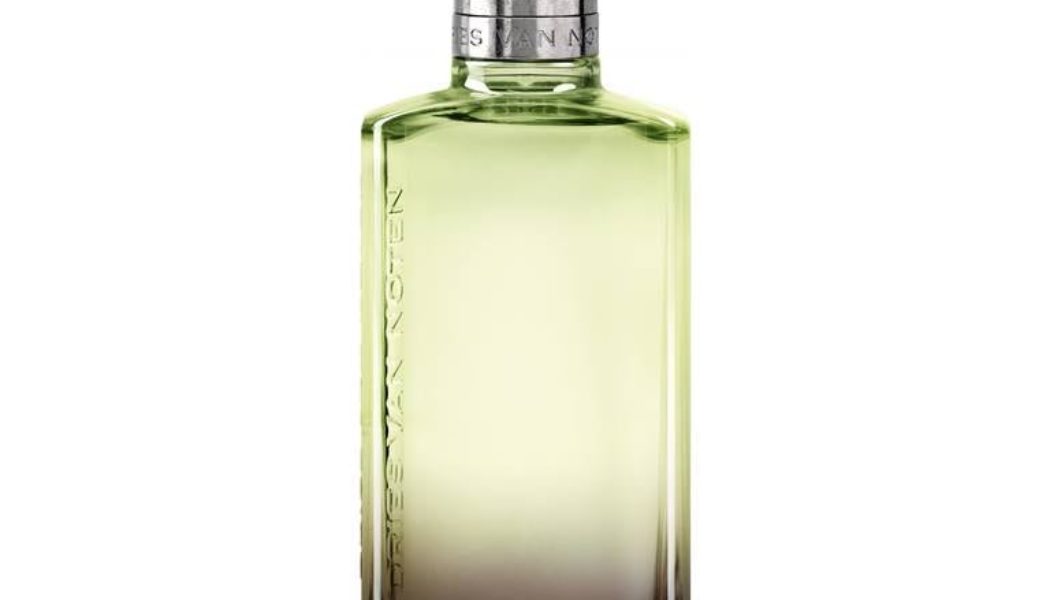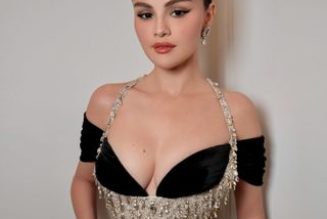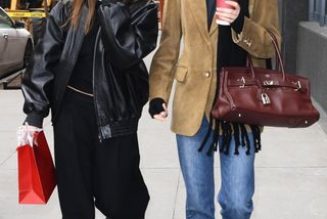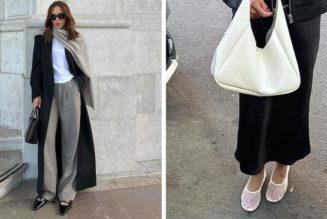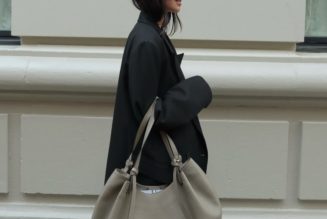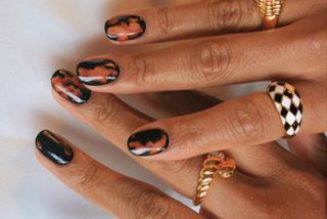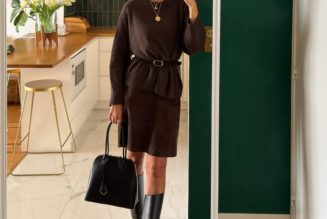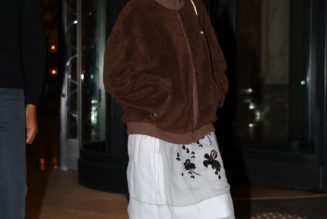ANTWERP – Dries Van Noten seems to have adopted Churchill’s motto to ‘never waste a good crisis”: In the midst of the so-called retail apocalypse hastened by the pandemic, the Belgian designer known for his deft tailoring and extravagant palette of colours and materials has pushed his namesake business to the next level: rolling out lipsticks and niche perfumes, opening 6 additional stores, launching an e-commerce site across 32 countries, and expanding his wholesale footprint to around 600 points of sale worldwide.
In Los Angeles, a former jewellery factory and neighbouring mid-century bungalow were converted into a 790 square-metre flagship store in 2020 — his largest-ever boutique and the first freestanding location on American soil.
The moves have paid off as American demand for luxury fashion surged, while niche fragrances enjoyed unprecedented momentum worldwide.
“We were a big little company. Now we are becoming a small, big company,” Van Noten said of the effort to expand to new categories and to reinforce the label’s structure since being acquired by Spanish perfume giant Puig in 2018.
While Van Noten is his family’s third generation of fashion entrepreneurs — his grandparents were tailors; his parents ran a clothing store — Puig has encouraged the creator to reassert his identity as more than a clothier, but as a storyteller in the broader sense, whose tales can drive sales in new product categories like beauty.
In Paris, a boutique inaugurated last July on the Quai Malaquais facing the Louvre is a 21st century cabinet of curiosities: a gold-and-marble space in a former antique gallery displays his new lines of lipstick (marketed as gender-fluid) and high-end perfumes whose precious-looking bottles combine materials like porcelain and cobalt glass.
Van Noten met with The Business of Fashion back in his native Antwerp, where his studio and company are still based and where he’s taken to cultivating a vast garden at his home in the nearby village of Lier. A sixty-five-year-old young man with the look of a seminarian, Van Noten says he enjoys looking on at the world’s fashion capitals from a distance.
Devotees come to him: every season in January and July, Dries Van Noten-addicted shoppers flock to stores to gain access to the season’s most directional, limited pieces before the collection is delivered more broadly. They belong to a sort of ultra-recognisable club of shoppers brave enough to adopt the label’s near-unmanageable clash of colour and prints, rendered sublime by disciplined silhouettes.
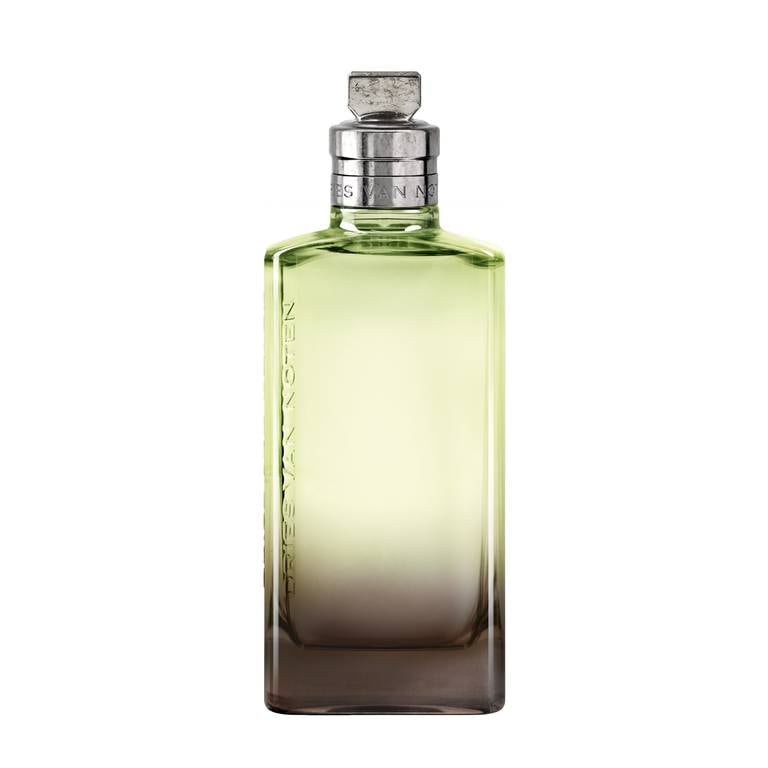
Van Noten spoke ahead of his menswear show on Thursday in Paris as well as the release of a new perfume in March: Mystic Moss, an “impossible” combination of salt and mandarin, will be the eleventh opus of the unisex olfactory line the brand launched in 2022. A vegetable, mineral shock, the perfume recalls all the opposites that Dries Van Noten likes to combine: pink and pepper, brocade and neon, classics subverted each season by a free and polychrome spirit.
More than ever, the Van Noten universe remains electrified in recent seasons by a vitalising “why not?”
LB: How has business evolved since the Puig acquisition? What changes were you able to make following their investment?
DVN: Since Puig became part of our business, we could really grow the way we wanted to, which was the goal. We added e-commerce, we now have shops in China and all kinds of other things. Obviously it’s been a new chapter for the brand.
You’ll show your menswear collection in Paris on Thursday. How do you see the menswear business evolving?
Menswear is changing a lot right now; it’s really exciting. I’ve always worked in a rather gender-fluid way. For me “men’s fashion, women’s fashion” doesn’t really make a difference. But now you really feel that there are women shopping the men’s, men shopping the women’s. So you have that full interaction. And of course it creates possibilities: using different fabrics, different shapes.
Doesn’t that cross-over make having a separate menswear show feel less relevant? You don’t seem to care for the co-ed format.
I think it’s still really important to give the men’s collection this attention as well. I’m always a bit afraid that if you do a co-ed show, the men end up looking like an accessory to the women. So for me, the men’s show is really a different forum, a different atmosphere, where we can really focus on what we want to say about menswear.
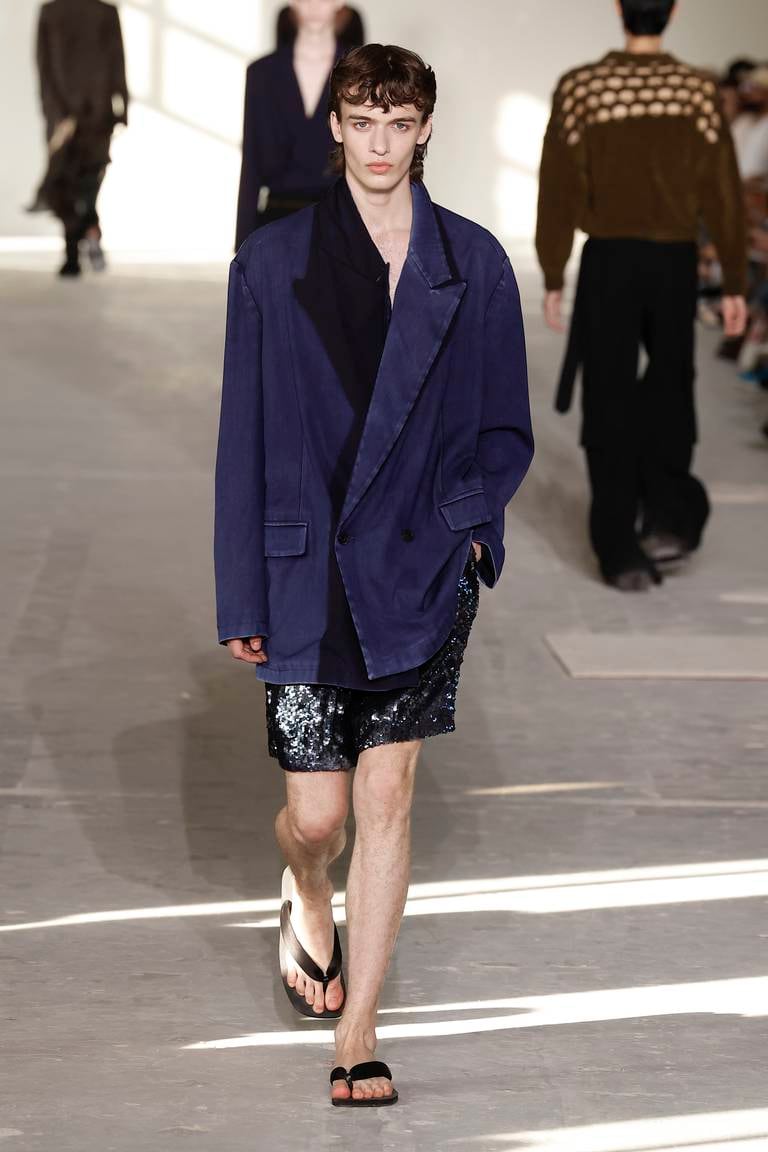
You started with a men’s collection in Antwerp in 1986, and opened your first store three years later. What drives you in your work — and how has that changed over the years?
What pushes me to create is beauty. For this there are no instructions, no diktats to respect. For almost forty years I have been trying to establish a vocabulary. Then it’s the people who wear the clothes who make it their own, who write the sentences.
It starts each time with words and images that become silhouettes. But in the end it’s the fabric which really dictates everything — the material determines the shapes.
It’s about renewing yourself by daring. It’s using fuzzy fabrics for structured shapes. Imagining men’s suits in silk georgette or a t-shirt coat. Or an overcoat in masculine broadcloth whose waist is accented with gold hand painting. I want to have fun. This does not mean that I want to shock. The most important thing is to surprise myself, to challenge my team.
You grew up around fashion. How has your family background influenced your career?
My grandparents were tailors, but I wasn’t in contact with them. Then my parents opened a shop, while my older brother and sister were in college. Rather than being alone in an empty house I started doing my homework at the store.
I started accompanying my parents to Paris and Milan to buy collections. Very young I was in contact with manufacturers. My father thought I was going to take over the business, but I was a rebel. I wanted to become a fashion designer.
I kept this conviction: to survive, you have to grow, but not at any pace or at any cost.
— Dries Van Noten
So you went to the Royal Academy — where you became part of the famous Antwerp Six collective. What are some of your memories from that time?
Martin [Margiela] and Walter [Von Beirendonck] opened my eyes. We were a bit like fashion aliens, coming from a country that had no tradition of fashion and avant-garde. Our names were so difficult to pronounce that we even thought about changing them. With Ann [Demeulemeester] and Walter, we were always jealous of Marina [Yeah] and Martin, whose names we thought were a catchier.
We had no means, no history. So our only option was to do things differently. We moved forward very slowly, taking small steps. For a living and to finance my company, I would design collections of childrenswear, or sportswear for [tennis brand] Donnay. Little by little my brand became profitable, and I was able to stop these collaborations.
We all felt that creating a beautiful collection was more important than going fast, than opening boutiques all over the world. I kept this conviction: to survive, you have to grow, but not at any pace or at any cost.
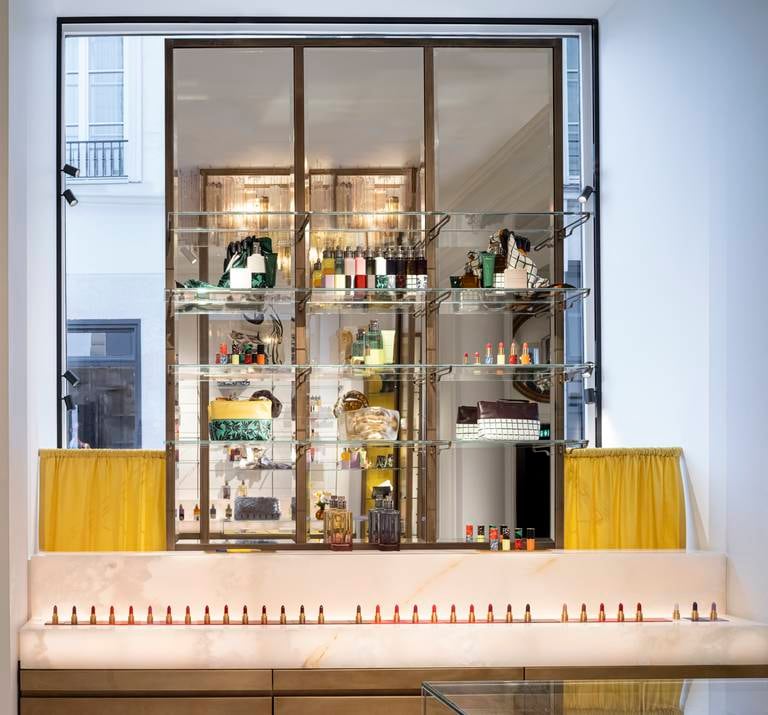
However, you’ve certainly increased the pace of expansion since selling the majority of the company’s shares in 2018 to Puig. Has the vision is changed?
We were looking for a partner. I had just celebrated my 60th birthday and I wanted to think about the future, to create a future for the brand. We were a big little company. Now we are becoming a small big company: with the development of e-commerce, the extension of the accessories line and store openings in China. In such a saturated market, our ambition is to do something meaningful, something different and sustainable.
With Puig we decided that fashion and perfumes should speak together within the same house. There are no ambassadors or advertising, rather a vision based on feminine and masculine contrasts, punk and couture.
We took over a gallery on Quai Malaquais as a test boutique, a prelude to everything that will follow. It’s where we will launch a new fragrance, Mystic Moss, in March, then work on expanding the beauty line into new categories in 2025.
Our beauty collection is constantly evolving. In addition to the new eau de cologne, we’re adding new shades of lipstick and accessories like refillable cases, where I have had a lot of fun coming up with new combinations of prints.
How would you describe the new eau de toilette “Mystic Moss” ?
For Mystic Moss, the idea was to create an eau de toilette to match our eau de parfum Cannabis Patchouli, which in itself is a very intriguing scent. We wanted it to be the more fresh version of it. The nose Nicolas Bonneville used an unexpected pairing of salt and mandarin, with ingredients like cardamom, algae and vetiver to make something really fresh but also quite specific.
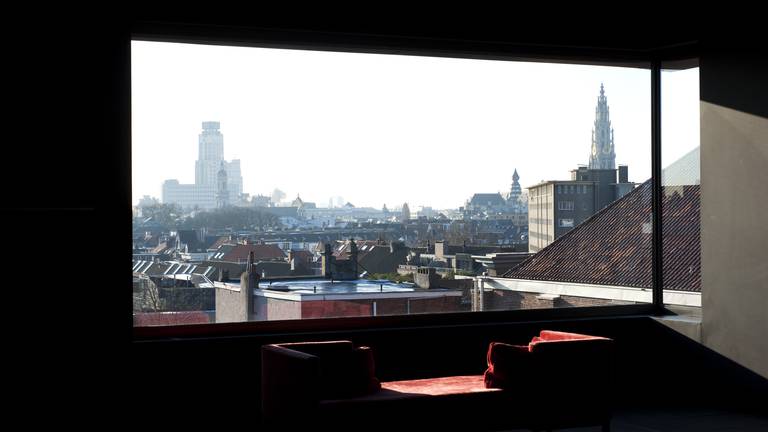
Do you have any recipe for success?
Not any recipe, but rather a conviction: not to repeat yourself. Wearing plain clothing with a logo is not necessary. A label inside is enough. When you see the trick, you lose the magic.
Why have you always chosen to remain in Antwerp?
It is always interesting to have a certain distance, to see what is happening. I love Paris, New York, but here is where I can concentrate. Silence is like sight. I need perspectives.
This interview has been edited and condensed for clarity.
